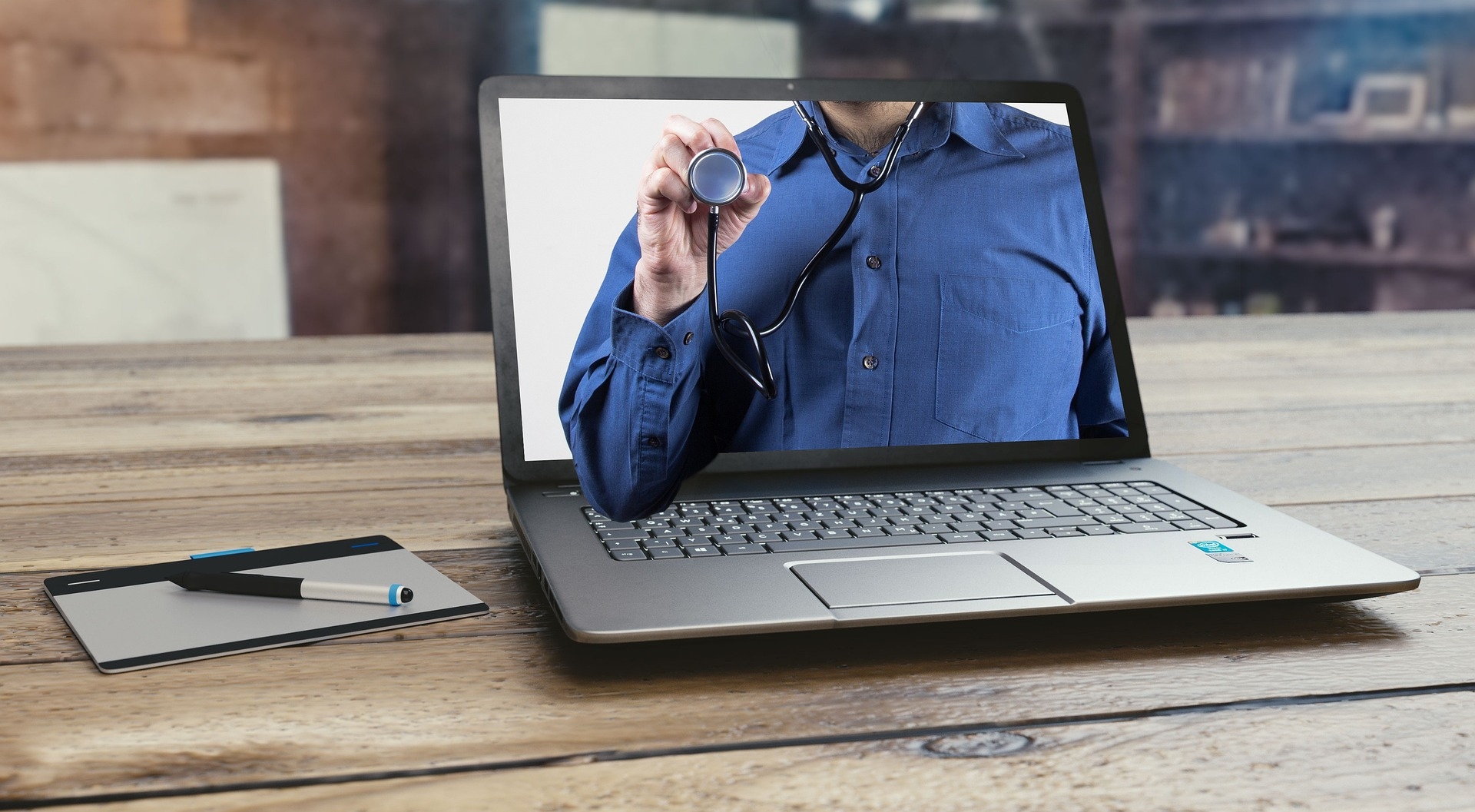Medical advancements are nothing new. Doctors who have been in the industry for decades have seen it evolve like every other line of work. However, one particularly drastic change involves the rapid adoption of telemedicine.
Still relatively new, many people don’t even know what qualifies as telemedicine. They’re bound to be more and more changes down the road, but what does the future of telemedicine look like?
Dr. James Murtagh and other providers are adopting this new way of seeing patients. This is how the industry can change little by little.
What is Telemedicine?
Telemedicine uses telecommunication and information technologies to provide clinical healthcare services remotely. It allows providers like Dr. James Murtagh to deliver healthcare services and information to patients outside traditional healthcare settings like hospitals or clinics.
It enables patients to receive medical care from the comfort of their own homes or other convenient locations.
Telemedicine can include a wide range of services, such as virtual consultations, remote monitoring, and the transmission of medical imaging.
It can be used for diagnostic and therapeutic purposes, including a wide range of specialties such as cardiology, psychiatry, and dermatology.
All types of telemedicine forms exist, but a few more popular options have sprouted up more and more.
Live Video Chat Consultations
Patients and healthcare providers like Dr. James Murtagh can communicate in real-time through video conferencing. This became very popular during the COVID-19 pandemic. It also helps those who cannot go into an office and make regular appointments easily.
Forwarding Information
Medical images and other patient information can be collected and sent to a healthcare provider for review later. If it isn’t urgent, this option is available 24/7. It allows for much more freedom and getting things done when the doctor asks.
Remote Monitoring
Medical devices connected to the Internet can send patient data to healthcare providers like Dr. James Murtagh and others for monitoring. This saves time and money for both the patient and the medical professional.
This also is a great time-saver, as people don’t need to go into the office for every little thing. If there is a perfect spot for rehabilitation, all that’s needed is remote monitoring to ensure everything’s fine.
Mobile Health
Mobile health is constantly evolving. Patients can use mobile devices to access health information and communicate with healthcare providers. It’s an easy line of communication that comes in handy for regular information and emergencies.
What are the Benefits and Limitations of Telemedicine?

Telemedicine provides more pros than cons. It’s also getting better and better as time goes on. One example includes providing healthcare access to remote or underserved areas, reducing costs and increasing efficiency, and enabling patients with chronic conditions to manage their health better.
It can also help to reduce the spread of infectious diseases by reducing the need for in-person visits. Not only do people get faster treatment for whatever is wrong with them, but they can also avoid going into a germ-infested waiting area or medical building.
Some limitations shouldn’t be overlooked. For example, there needs to be a reliable internet connection to ensure all the information is shared correctly.
Privacy and security concerns exist, even without technology, but there’s always some fear that information might get hacked or stolen through the internet.
There’s also that struggle with medical professionals who don’t always feel comfortable doing something that is out of the norm. If a doctor has done the same thing for decades, they might not want to adopt something new.
Dr. James Murtagh is fearless in making changes and adopting new technologies, but others could feel intimidated for not having the time to learn properly.
How Will Telemedicine Evolve in the Next Few Years?
Telemedicine is only expected to continue evolving in several ways shortly. Why is that the case? Like with anything new introduced to the masses, improvements are inevitable.
Increased Adoption
Telemedicine has been rapidly adopted over the last few years, and the increased awareness of its benefits. As more patients and healthcare providers become familiar with telemedicine, it is expected to become a more common form of healthcare delivery. That excuse of not understanding how it all works will start to fade away.
Technological Advancements
The technology behind telemedicine is expected to continue to improve. That means more advanced and user-friendly tools are becoming available. This will make it easier for healthcare providers to deliver telemedicine services and for patients to access them.
Greater Integration with Electronic Health Records
Telemedicine will become more closely integrated with EHRs, allowing healthcare providers to access patient data and medical history in real-time. This will improve the quality of care and the efficiency of the healthcare system. Currently, it feels too clunky to be running smoothly.
Artificial Intelligence and Machine Learning
Telemedicine will increasingly rely on AI and machine learning technology to improve diagnostic accuracy and analyze large amounts of data. This will enable healthcare providers to make more informed decisions about patient care.
Remote Monitoring Coupled With Medical Devices
Telemedicine will continue to incorporate more remote monitoring and medical devices to gather patient data remotely, allowing healthcare providers like Dr. James Murtagh to monitor patients’ health status from a distance. Companies are willing to invest in these opportunities and develop devices as long as they’re getting adopted.
Connecting To Rural and Low-Income Communities
Telemedicine is much more commonly seen in high-density, affluent areas currently. Telemedicine will become a more critical tool for providing healthcare to rural and low-income communities when the opportunities become feasible. In the past, access to healthcare was often limited.
Greater Use of Virtual and Augmented Reality
Telemedicine will increasingly incorporate virtual and augmented reality technology to create more immersive experiences for patients and healthcare providers. This allows for more accurate diagnoses, treatments, and surgeries.
How Dr. James Murtagh Keeps Up With Medical Changes Such as Telemedicine
Dr. James Murtagh is an experienced doctor who’s never been afraid to adopt new technology. He’s very excited about telemedicine and the future it holds.
He encourages all other medical professionals to embrace his technology instead of pushing it his way. His 100% commitment to the future has allowed him to grow in his field.
Telemedicine isn’t perfect, but it’s not going away. As it gets better and better, it will become impossible to ignore.

